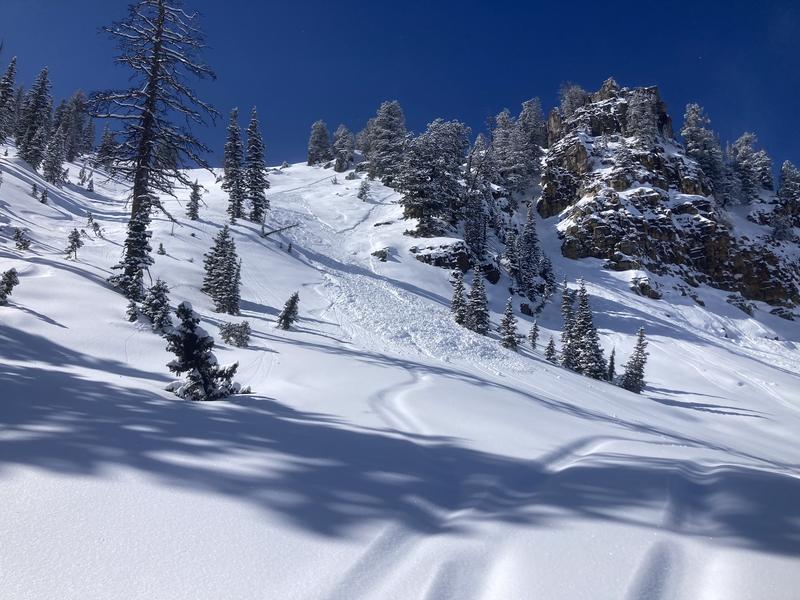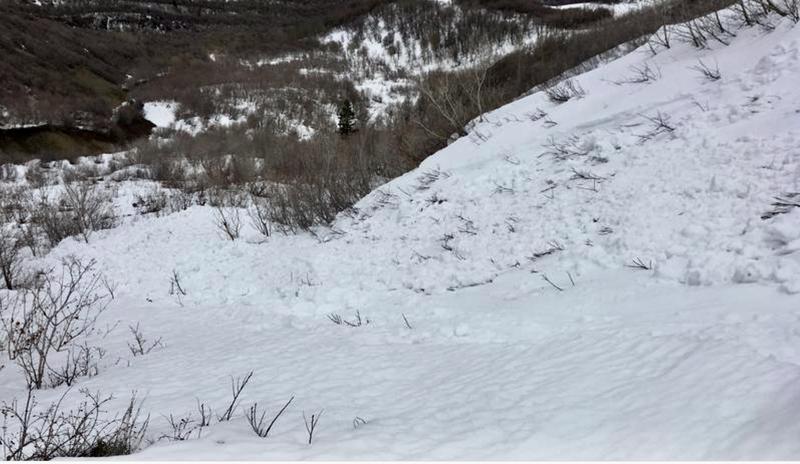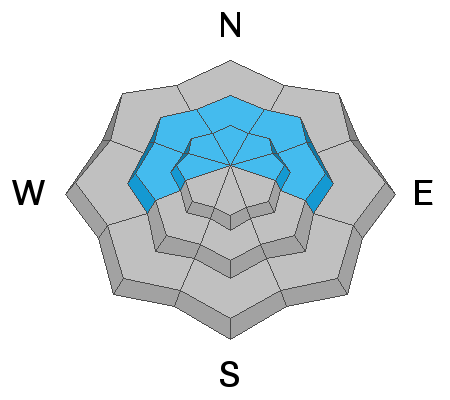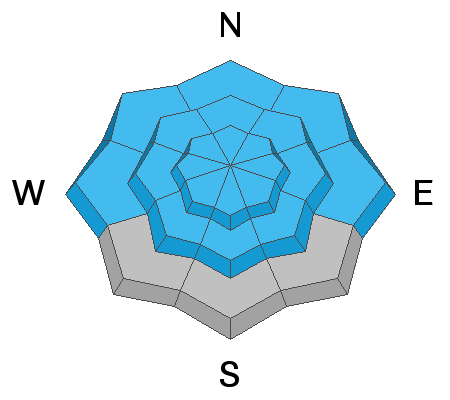Forecast for the Logan Area Mountains

Issued by Toby Weed on
Monday morning, March 7, 2022
Monday morning, March 7, 2022
Heightened avalanche conditions and MODERATE danger exist on slopes steeper than 30° at all elevations. People could trigger soft slab and loose dry or wet avalanches of storm snow. Areas with elevated danger also exist on upper and mid elevation slopes facing the northern half of the compass, where yesterday's new snow overloaded slopes plagued by layers of very weak faceted snow. It is becoming more possible in areas that received significant accumulations that people might trigger a dangerous, 1 to 2 foot deep slab avalanche failing on a buried persistent weak layer. Evaluate snow and terrain carefully.
A major winter storm with heavy snowfall, beginning tonight and lasting through Wednesday, will cause rising avalanche danger and increasingly dangerous conditions in the backcountry.
A major winter storm with heavy snowfall, beginning tonight and lasting through Wednesday, will cause rising avalanche danger and increasingly dangerous conditions in the backcountry.
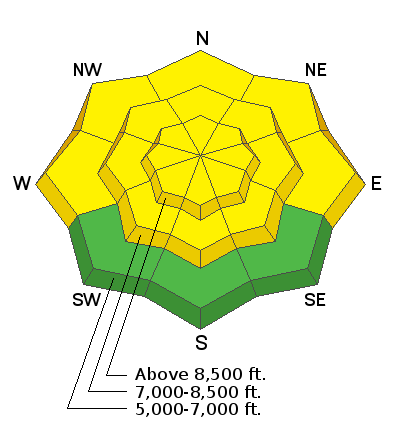
Low
Moderate
Considerable
High
Extreme
Learn how to read the forecast here




